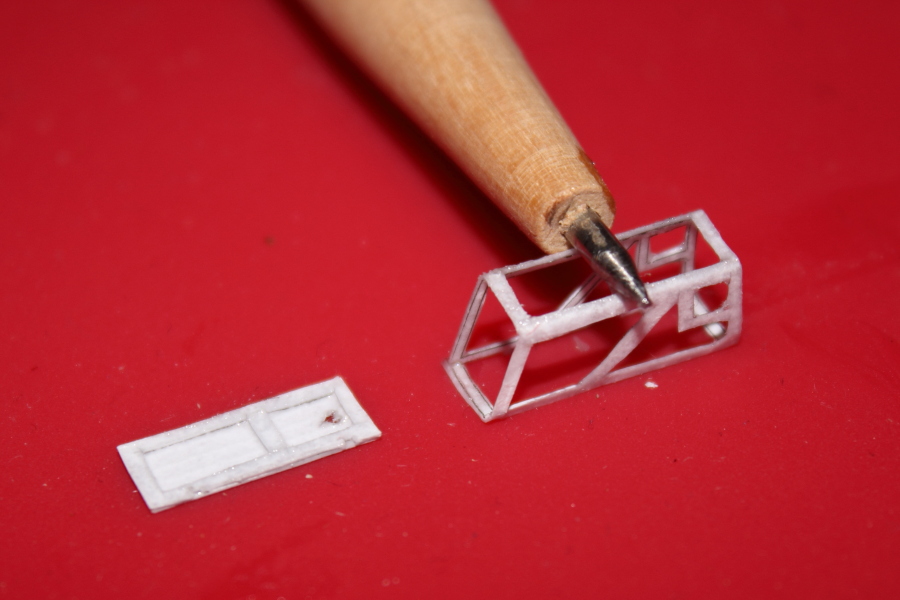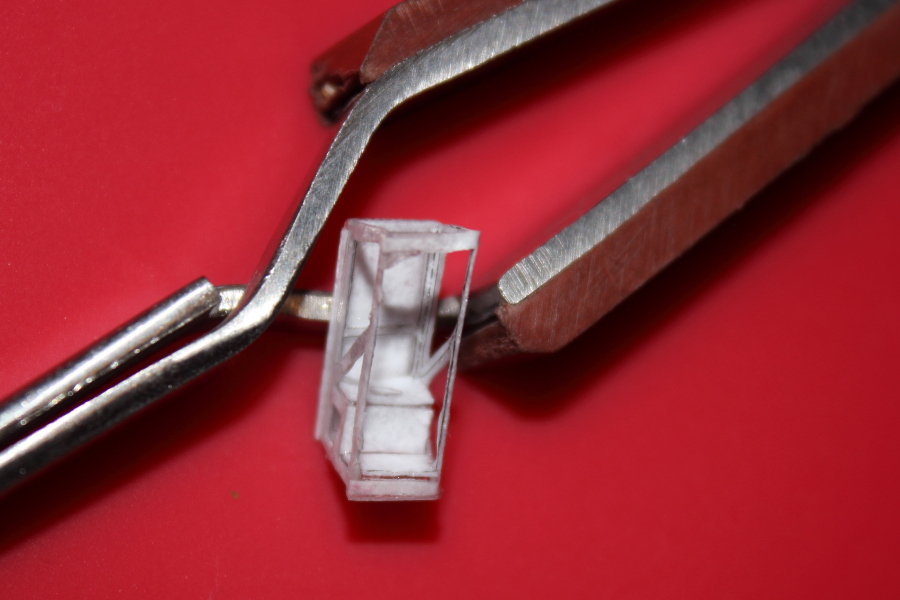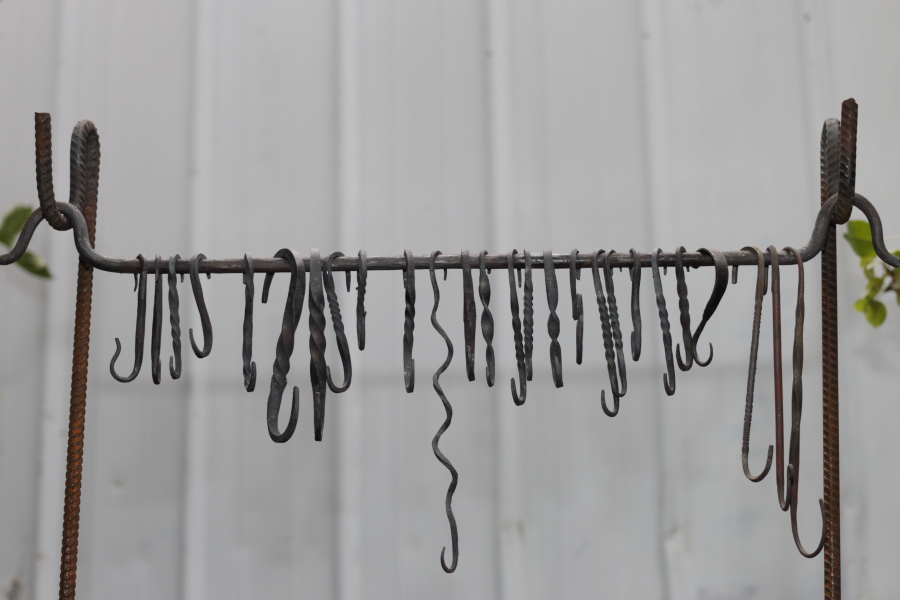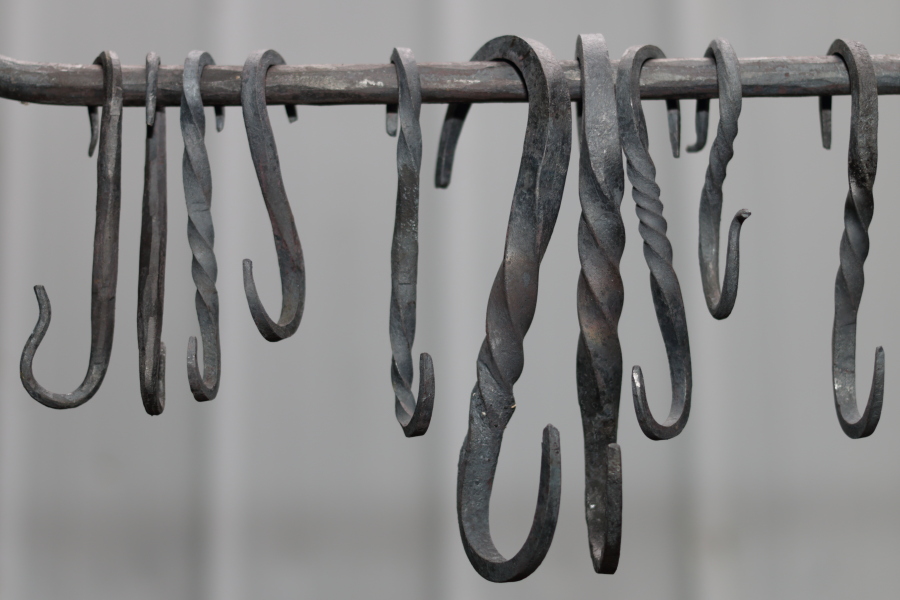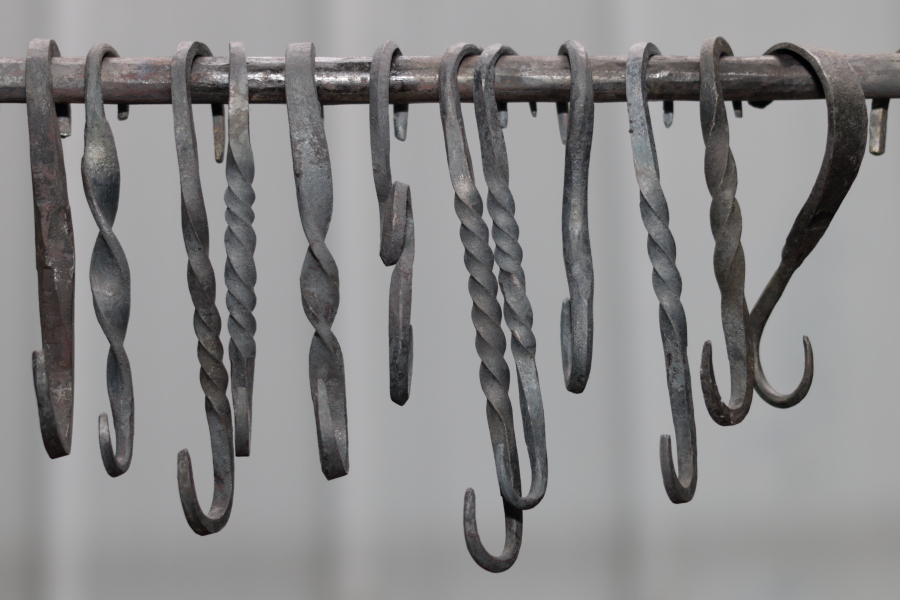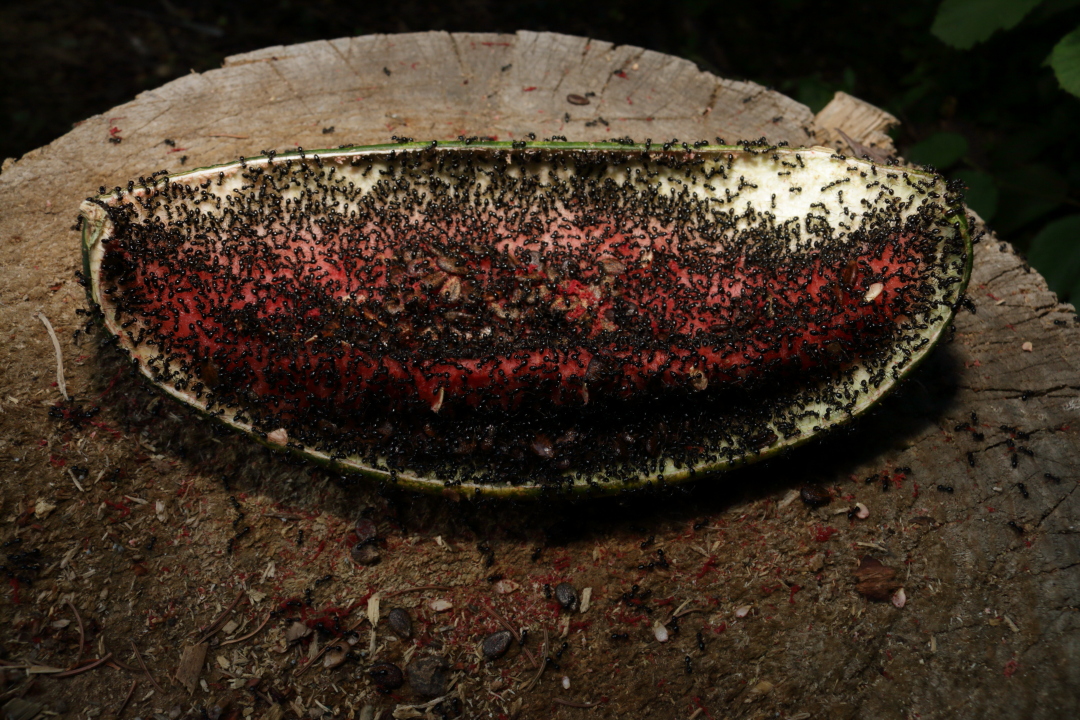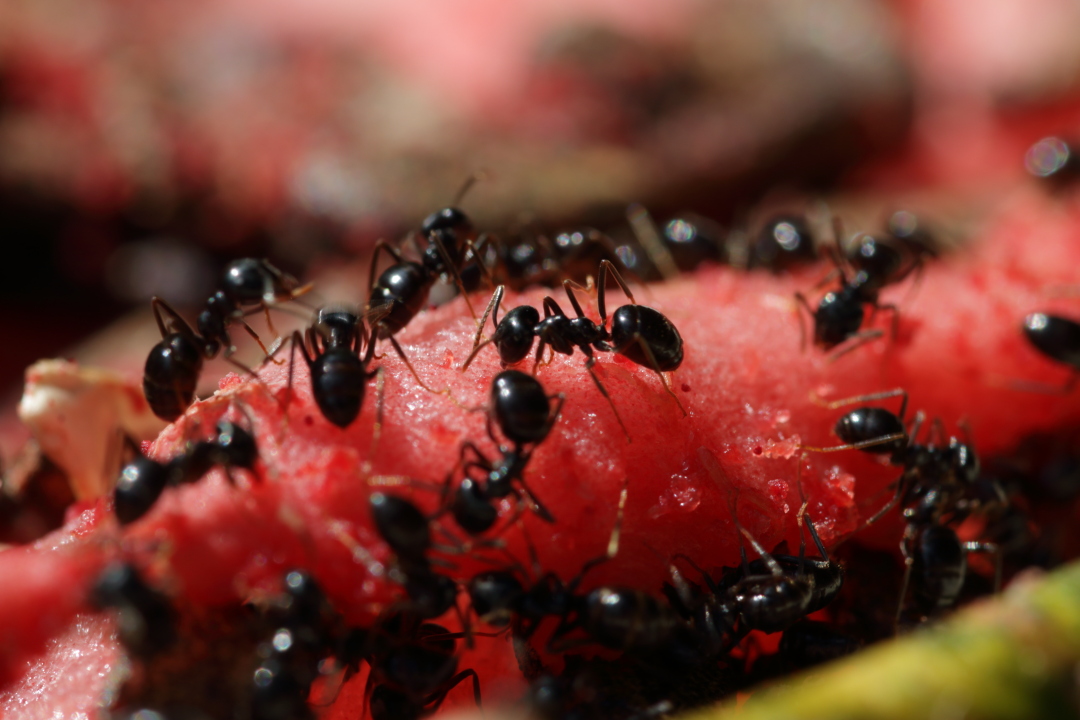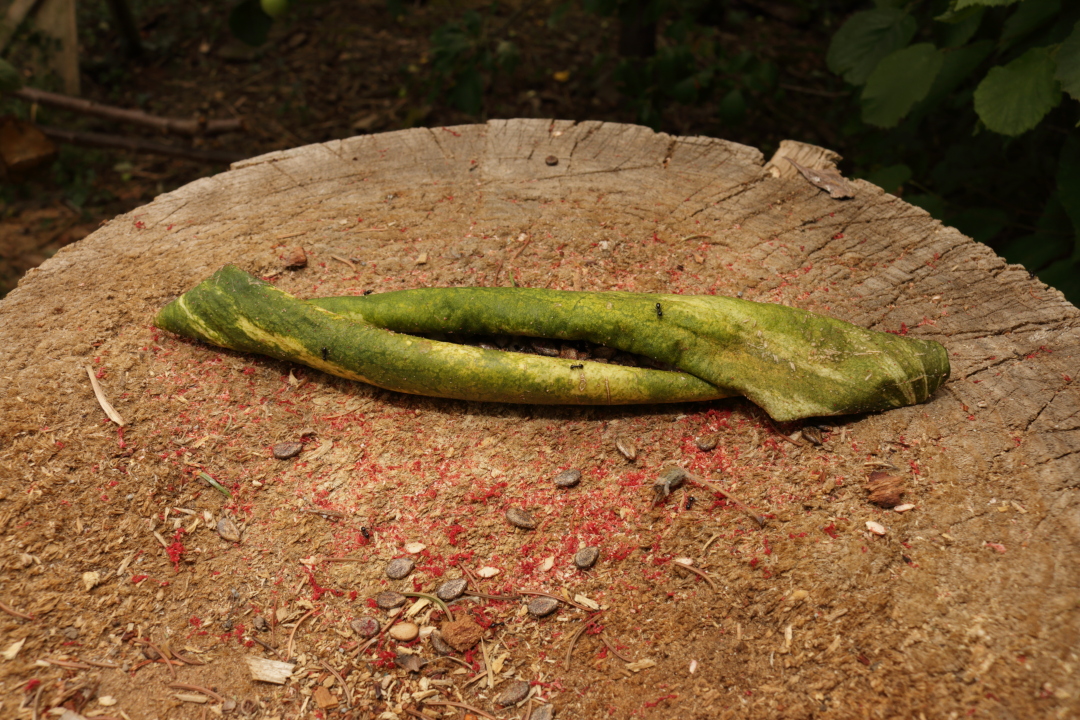|
Es war mal wieder an der Zeit, neue – und alte – Eisenbahnen zu besuchen. Die erste Station war das Altensteigerle Denkmal in Nagold, dem ehemalige Ausgangspunkt der Schmalspurbahn Nagold – Altensteig. Das Denkmal ist mit Regel- und schmalspurigen Fahrzeugen, typischen Gleisanlagen, Signalen und Rollbockgrube sehr aufwendig gestaltet. Nach einer entspannten Nacht ging es dann am nächsten Tag zuerst nach Nürnberg zur Feldbahn 500. Hier ließen sich auf dem weitläufigen Gelände einige interessante Motive finden. Auf der oberen Ebene, auf der auch der Dampfzug seine Runden dreht, waren deutliche Reste von Sturmschäden zu sehen und die große Abstellanlage war daher auch komplett zurück gebaut. Nach einem kurzen Mittagessen ging es also etwas früher und mit ein paar „fehlenden“ Fotos weiter nach Nördlingen. Ich war sehr gespannt, welche Motive ich im nicht-schmalspurigen Bayerisches Eisenbahnmuseum finden würde. Aber siehe da, nicht nur dass meine erklärte Lieblingslok, die bayerische S3/6 im Schuppen stand, auch so fand sich manch interessanter Ein- und Anblick. Nun aber (fast) genug der Worte … lass Bilder sprechen 🙂 |
It’s been time again to visit some new – and old – railroads and railroad museums. My first stop was at the Altensteigerle Monument in Nagold. Nagold was the lower terminus of the former narrow gauge railroad from Nagold to Altensteig. This monument is elaborately designed showing several pieces of standard, and narrow gauge rolling stock, all standing on trackage laid out in prototype fashion, resembling part of a station complete with signals, and even a carrier truck pit. Following a relaxed night the next day’s first destination was the Feldbahn 500 museum in Nuremberg. This museum has two levels connected by an incline, with the main exhibition building on the lower, and an operable layout, and some more static equipment on the upper level. Although part of the upper exhibition area had been cleared – obviously due to recent storm damage – there still could be found some interesting subjects. So following a short lunch, and with a little less photos taken, I was on the road again, heading for Nördlingen. I was very curious about what photogenic scenes I’ll find at the non-narrow-gauge Bavarian Railroad Museum. But lo and behold, there was not only one and another interesting in/sight, but also I met my other declared love – railroad related 🙂 – when I saw the Bavarian S3/6 express steam locomotive resting in the engine house. But now (nearly) enough of words … say more with images 🙂 |
|
Fotografisch war das Ziel der Rundfahrt vor Allem, technische Details von Nietverbindungen zu klären und für den Modellbau zu dokumentieren. |
It was the primary photographic goal of my round trip to sort out several technical details with riveting and have them documented for future modeling tasks. |

Tür eines Gn Cassel – Nagold
Door on a „Gn“-class boxcar – Nagold

Zahn des Laternenaufzugantriebs … und mein „Gorilla“ bei der Arbeit 🙂 – Nagold
Gear tooth of the lantern elevator’s dive … and my „Gorilla“ at work 🙂 – Nagold


Details an einem Förderkorb – Nürnberg
Detail view of a mine cage – Nuremberg

Das obere End mit Seilbremse an einem weiteren Förderkorb – Nürnberg
The upper part with cable rake on another mine cage – Nuremberg

Sicherheitskupplung an einem Grubenhunt – Nürnberg
Safe-coupler on a mining car – Nuremberg

Kein Eisenbahnausflug ohne Dampflok – Nürnberg
No trip visiting railroads without a steam engine – Nuremberg

Muldensperre – Nürnberg
Tipper latch – Nuremberg

Umspuren beim Vorbild: 600mm Brigadewagen auf 500mm Spurweite – Nürnberg
WW-I light railway gondola regauged from 23-5/8″ to 19-11/16″ gauge – Nuremberg
Bevor es mit den Bildern weiter geht, hier ein kleines Extra 🙂
Before continuing with the images have a look at this special 🙂

Interaktives Drehscheiben-Panorama, Nördlingen
Interactive Turntable-Panorama, Nördlingen

Meine Liebe … unter den Dampfloks: Bayerische S3/6 – Nördlingen
My love … railroad related: Bavarian S3/6 – Nördlingen
Es folgen vier Bilder verschiedener Kesselnietungen an Lokkesseln (rostig) und Kesselwagen (lackiert) – Nördlingen
Next are four images of various rivet arrangements on a locomotive boiler (rusty), and a tankcar (painted) – Nördlingen





Defekt – Nördlingen
Out of order – Nördlingen

Für Durchblicker – Nördlingen
Through the valve chest – Nördlingen

Alt und rostig – Neresheim
Old’n’rusty – Neresheim

Es ist noch genug Arbeit übrig – Neresheim
Still enough work to be done – Neresheim

Ein reizvoller Umbau eines Rollbocks – Neresheim
An appealingly rebuilt carrier truck – Neresheim

Habe fertig …
End of …
Alle Inhalte sofern nicht anders vermerkt / unless otherwise noted, any content: © ralf-mit-f, Ralf Schreiner











